Continuing the ongoing series of interviews with creative artists working on various aspects of movie and TV productions, it is my pleasure to welcome back Beth Mickle. In this interview, she talks about the changes in the industry since we spoke back in 2012, how she sees generative AI, what advice she’d give to her younger self, and the importance of physical and mental well-being. Between all these and more, Beth dives deep into her work on “Superman”.
This interview is the second part of a special initiative – a collaboration with the Production Designers Collective that was founded about 10 years ago. This collective brings together over 1,500 members from all around the world, sharing ideas, experiences and advice across the industry. We talk about its goals and initiatives, and the upcoming second International Production Design Week scheduled in mid-October this year.
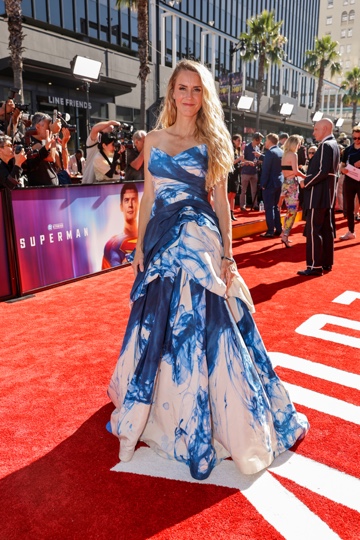
Beth at the LA Premiere Of “Superman”
Kirill: Welcome back, Beth. We first spoke back in 2012 about your work on “Drive”. What has been happening in your professional life since then?
Beth: “Drive” was an amazing opportunity to work with Nicolas Winding Refn and Ryan Gosling. A couple years after that I worked on Ryan’s directorial debut “Lost River”, as well as a few other smaller studio movies. Then, quite excitingly, I got swept into the James Gunn filmmaking arena in 2017, and I’ve worked almost exclusively with him for the last eight years. At the height of pre-vaccine Covid I did “Dear Evan Hansen” with Stephen Chbosky, and I’m working with my brother right now on a live action film for the Japanese franchise Gundam. It’s been a wonderful adventure for all of us.
Kirill: Outside of your work on “Deuce”, would you say that you are one of the rarer artists that stays in the feature world, and not crossing over too much, if you will, into episodic productions?
Beth: Not by choice, necessarily. It happened to be the projects that have come my way. There have definitely been many wonderful series that I really admire and would love to have been a part of if the stars had aligned. I’m hopeful that in the future I’ll be able to dive into world building in the TV side of things.
My brother is a writer / director, and he did the series “Sweet Tooth” with Netflix, which my husband designed. I always admired their work on that, and always thought that it would have been fun if I could have been free to be a part of that. I was on “Guardians of the Galaxy” at the time, so it didn’t happen.
Kirill: What bigger changes have you seen over the last decade or so since we spoke? Maybe some technical advances, or new materials or techniques that are directly applicable in your field?
Beth: There have definitely been advances when it comes to the visual effects [VFX]. Every year it feels that the VFX worlds get progressively more sophisticated with the finishes and the realism that they can achieve. Compared to 10 years ago, we are able to lean on them more and more as needed for resurfacing and for set extensions.
For physical builds, we did a lot of material testing on “Superman” to nail down how we were going to do the Fortress of Solitude. It’s a rare thing to have that much time and resources to be able to explore and experiment with so many materials. We definitely wouldn’t have had that luxury in the smaller filmmaking arena. It’s one of the joys of getting to work on some of these larger movies – you have time to develop techniques and fabrication to achieve what you want.
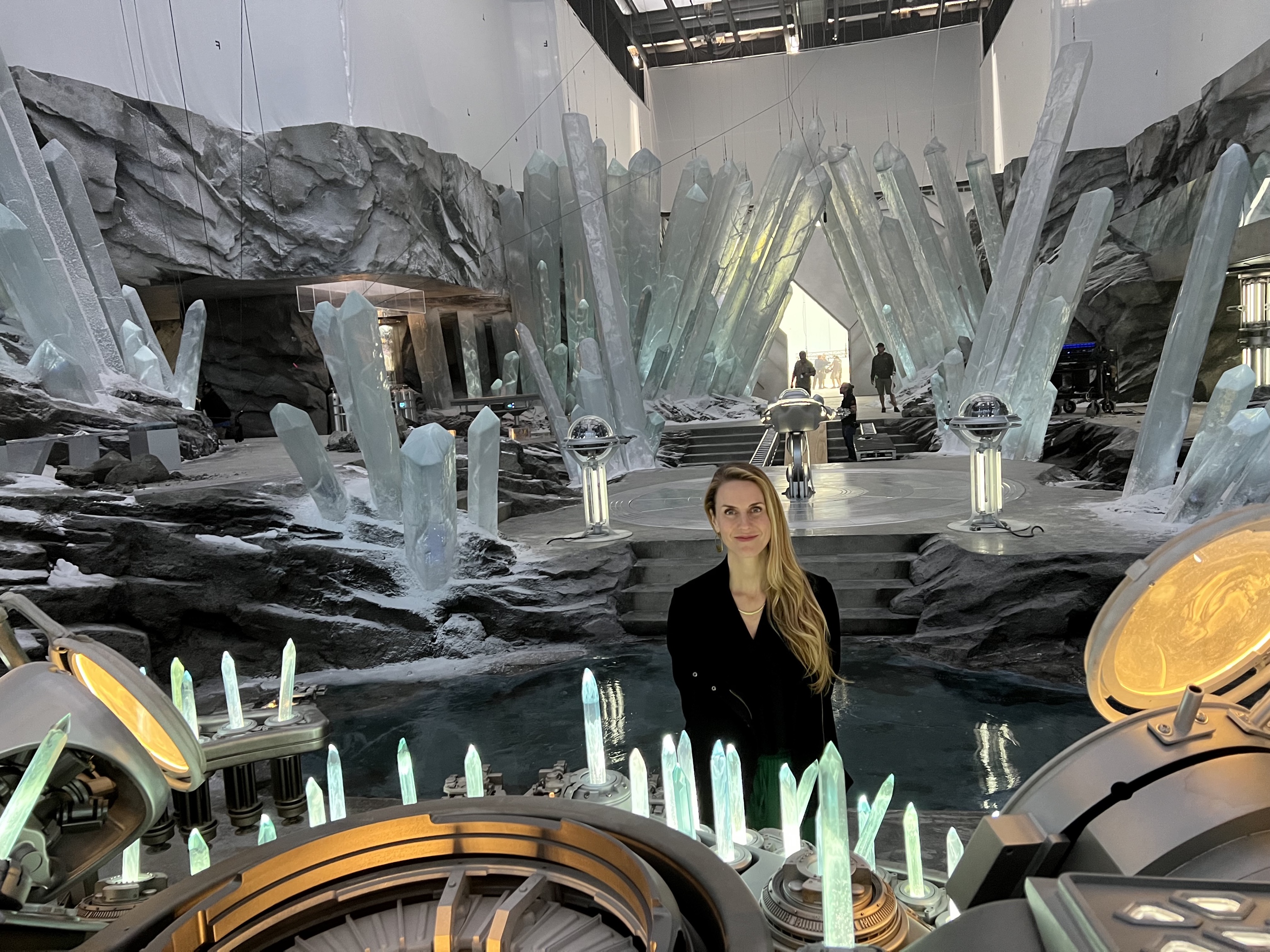
Beth on the Fortress of Solitude set of “Superman”. Courtesy of Warner Bros.
Kirill: When “Avatar” came out in 2019, there was a period of a few years where a lot of productions did 3D – and then it slowly faded away. Do you feel that the audiences prefer “flat” images?
Beth: I remember being really excited about the 3D world. I felt that it was going to have great reception and great longevity. I don’t understand why it’s not been used more frequently. My husband did a number of 3D films, and in our discussions we thought that this new technology was going to sweep the industry – but surprisingly for me, it hasn’t. I keep reading about some of the 4D experiences where they’re bringing in motion in the seats and all kinds of effects within the theaters. It’d be interesting to see what that might end up doing.
And that brings me back to your previous question about technology – I should mention the volume [virtual production stage]. It’s a great new tool that is being introduced. It still has a little ways to go with being fully accessible for all the movies that might want to use it. But I think when used correctly, it’s a fantastic resource. As people get a handle on that technology, it will start to become more and more ubiquitous on films.
Kirill: Continuing to the Production Designers Collective, what is it and what is it for you?
Beth: I am thrilled that the Production Designers Collective has come into existence. Inbal Weinberg is one of my dearest friends in the film world. She and I worked together when we were first starting out in the indies in New York twenty years ago. I remember she said to me how she strongly believed a community could be created of all the production designers out there, so that we could share resources and advice, and build a supportive community for each other. And I’m sitting there and thinking what a beautiful idea that would be, but what a Herculean effort it would be to actually bring that together.
So now here we are, ten years after she actually started this collective with Kalina Ivanov, and they’ve connected hundreds and hundreds of production designers around the world. You have all of these people that I have always admired from afar, and whose work I had always respected from afar, and whom I always wished I could be in connection with – and now we can talk about crew, about ideas, about approaches to work. You can ask what it’s like to work in the middle of Ireland or the middle of New Zealand.
I never had easy direct access to these wonderful designers, and with the Production Designers Collective, it’s so easy to get in touch with one another. It’s taken down these imaginary walls that may have been there before. There’s only one of us production designers on a movie, and that means that we’re quite isolated from other production designers in the industry – unless you really make an effort for outreach. You’re not always sure if designers across the world are all going to want to be in communication in that same way.
That is what this Collective has done – open all those doors, open all those lines of communication. Now we can be stronger as a community because we’re all connected.
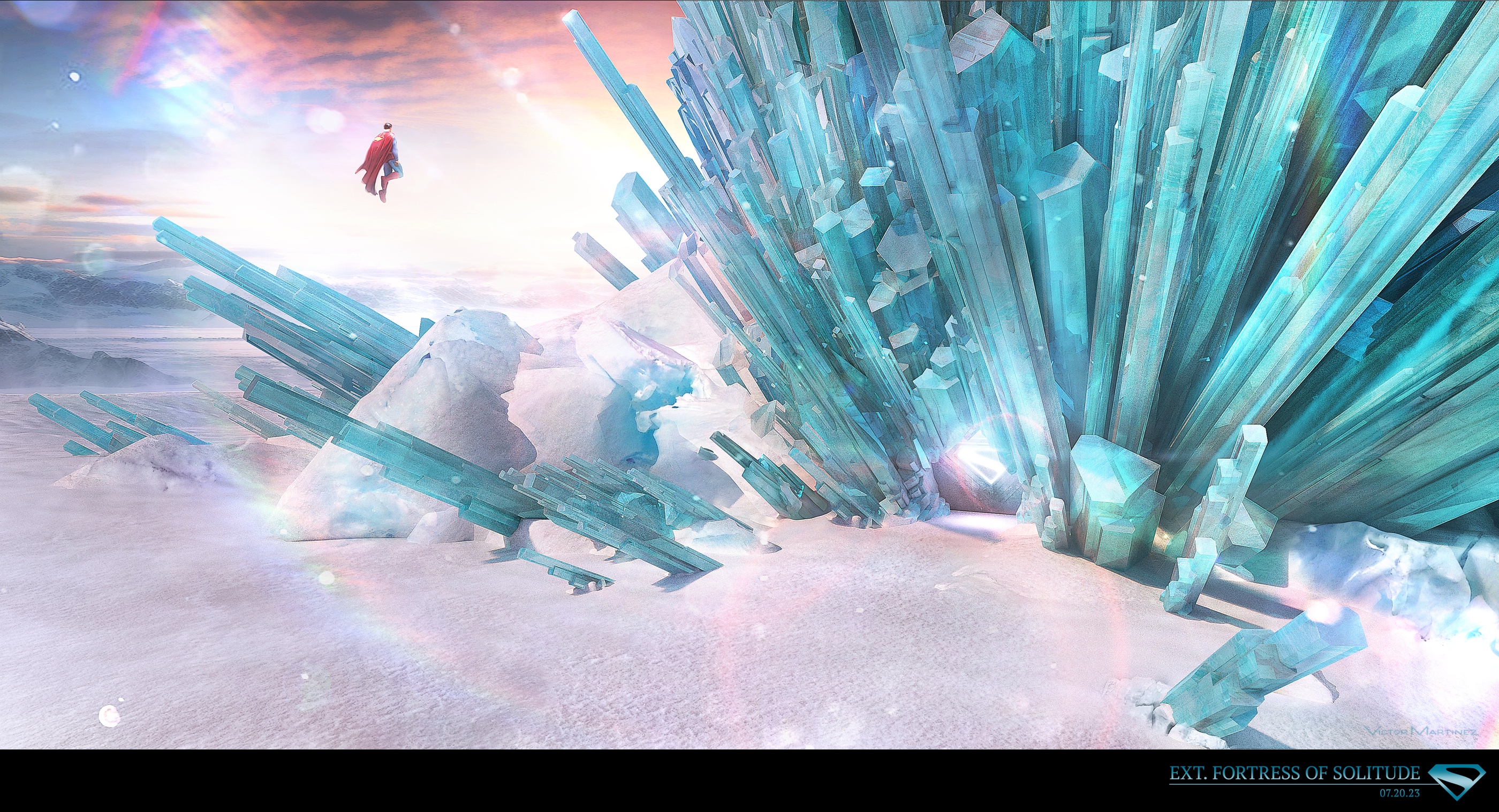
Render of the exterior of the Fortress of Solitude for “Superman”. Courtesy of Warner Bros.
Continue reading »
Continuing the ongoing series of interviews with creative artists working on various aspects of movie and TV productions, it is my pleasure to welcome Kalina Ivanov. In this interview, she talks about what production design is, our need to tell stories, the meteoric rise of episodic productions over the last decade, how she sees generative AI, and what keeps her going. Between all these and more, Kalina dives deep into her work on “The Penguin”.
This interview is the first part of a special initiative – a collaboration with the Production Designers Collective that Kalina founded about 10 years ago together with Inbal Weinberg. This collective brings together over 1,500 members from all around the world, sharing ideas, experiences and advice across the industry. We talk about how it came to be, its goals, and the upcoming second International Production Design Week scheduled in mid-October this year.
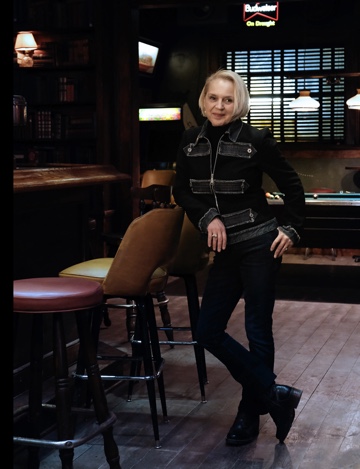 Kirill: Please tell us about yourself and the path that took you to where you are today.
Kirill: Please tell us about yourself and the path that took you to where you are today.
Kalina: I am originally from Bulgaria. I came to the United States when I was 18, and I wanted to study theater design. I studied and practiced to become a theater designer, and I couldn’t find a job in theater in America. It was completely different than in Europe, and it was a quick switch to storyboarding movies for me. Once I was in, I was hooked.
Kirill: Looking back at the time when you started in early ’90s, what would you say are the biggest changes for you in this field since then?
Kalina: It’s clearing moving more and more towards special and visual effects, and now we have AI is coming for us. We all have to be prepared for it. That’s coming, and I find it challenging, but also great. And at the same time, I’m hoping that young filmmakers will find their way to tell a good story with this new format. I keep up with new technologies, like drawing on computers, but I still draw a lot of it by hand.
Kirill: Do you feel that it doesn’t matter if it’s a physical tool or a digital tool, and that the art is more important than the tools?
Kalina: Absolutely. Every production designer brings a unique point of view. No two people are the same, even identical twins. There were two production designers who were identical twin brothers – Richard and Paul Sylbert, and they were not the same [laughs]. We bring a unique point of view to the field, and no technology can take that away from us.
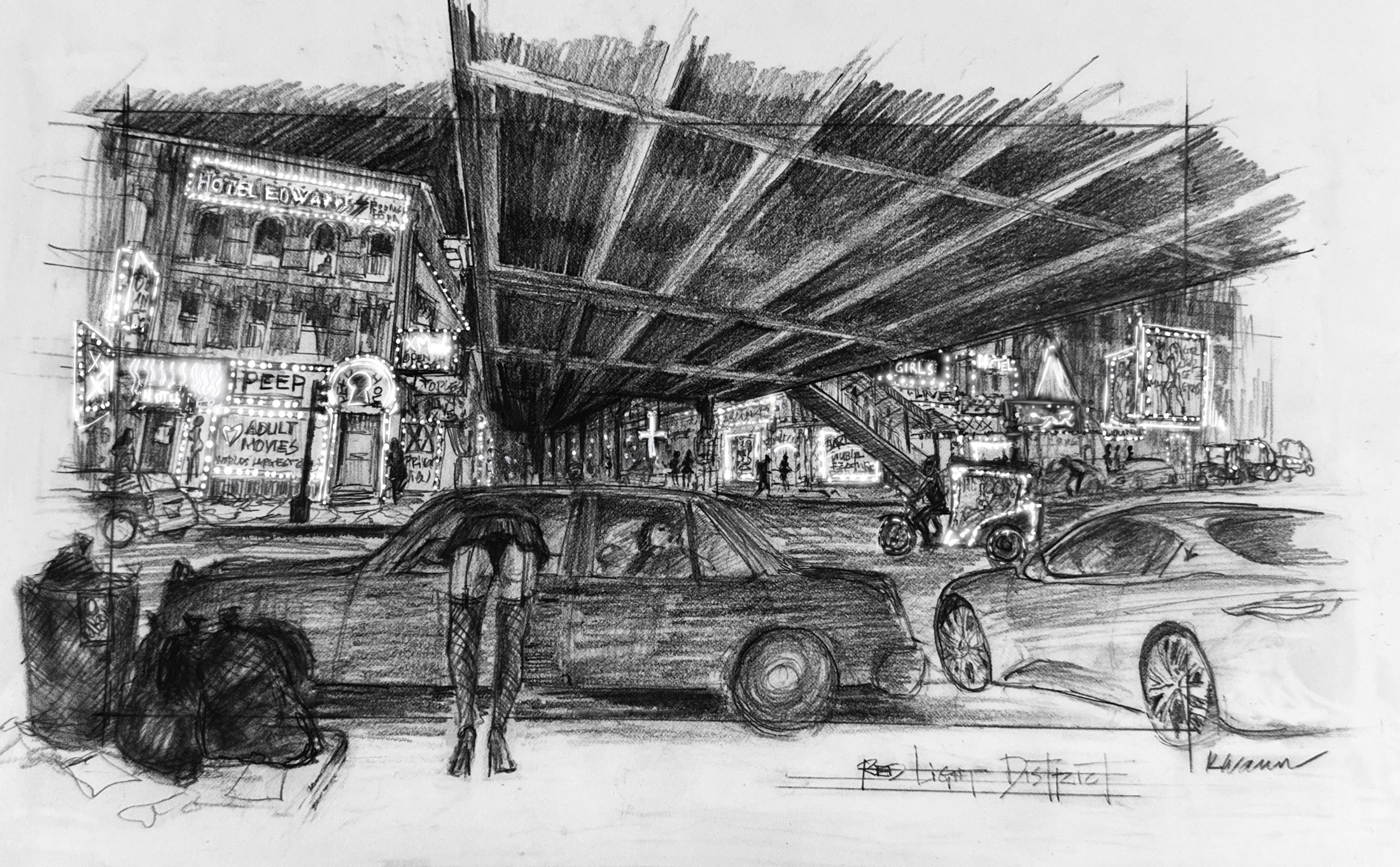
Sketch of the Red Light District for “The Penguin”, courtesy of Kalina Ivanov.
Kirill: Can anybody be an artist? Can art be taught?
Kalina: It depends on what kind of artist you want to be. I don’t consider myself a phenomenal artist in terms of drawing, but people find my sketches evocative. I look at them as working drawings. I don’t look at them as a piece of art at all. It all depends on your point of view. An artist has the sensibility, and that can be expressed in many different ways.
Kirill: How would you define what production design is? What kind of an art form is it?
Kalina: It’s about creating the environment. Every project is different. Every journey in every project is different. For me it starts with a script. As long as I can get under the skin of the character, as long as I can become that character, I’m good. If I can’t become that character, there’s trouble brewing on the horizon [laughs]. My process is quite intuitive. I read the script carefully, I think about the characters, and then I draw. Then, through these drawings, the atmosphere starts showing in.
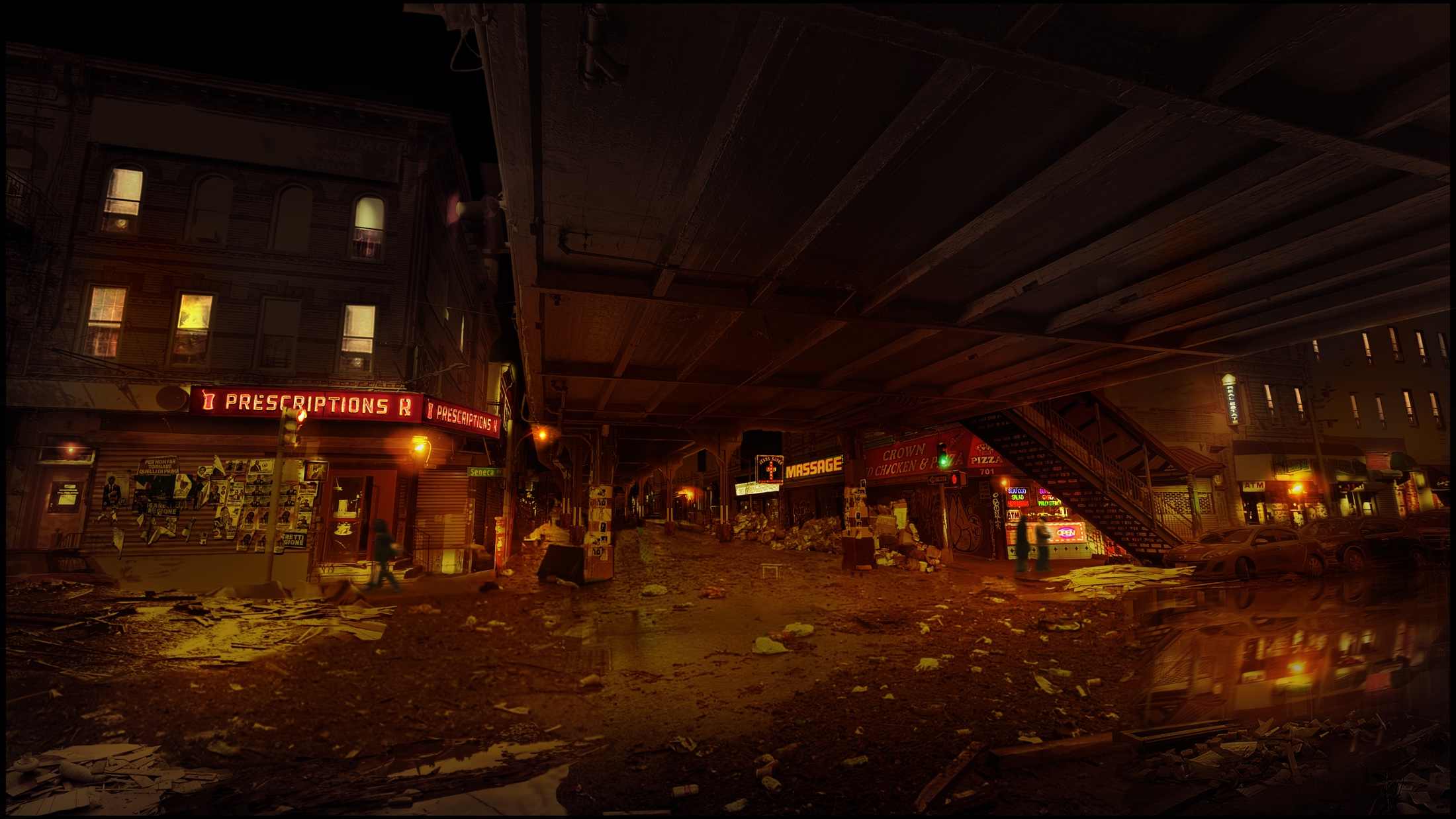
Render of the Red Light District for “The Penguin”, courtesy of Kalina Ivanov.
Kirill: Sounds like you are in the camp of a picture is worth a thousand words.
Kalina: Absolutely. I’m not eloquent, so I prefer the drawings to talk.
Kirill: What is the biggest misconception that people have around what production designer is or what do they do?
Kalina: Most people consider us set decorators. They don’t see production design for what it is, especially in contemporary movies. Sometimes I also feel that the cinematographer gets credited with production design, believe it or not. All sorts of people get credited, but production design is a unique art. It requires the mental capability of thinking of all the colors, and all the textures, and all the shapes and forms that come in into the world.
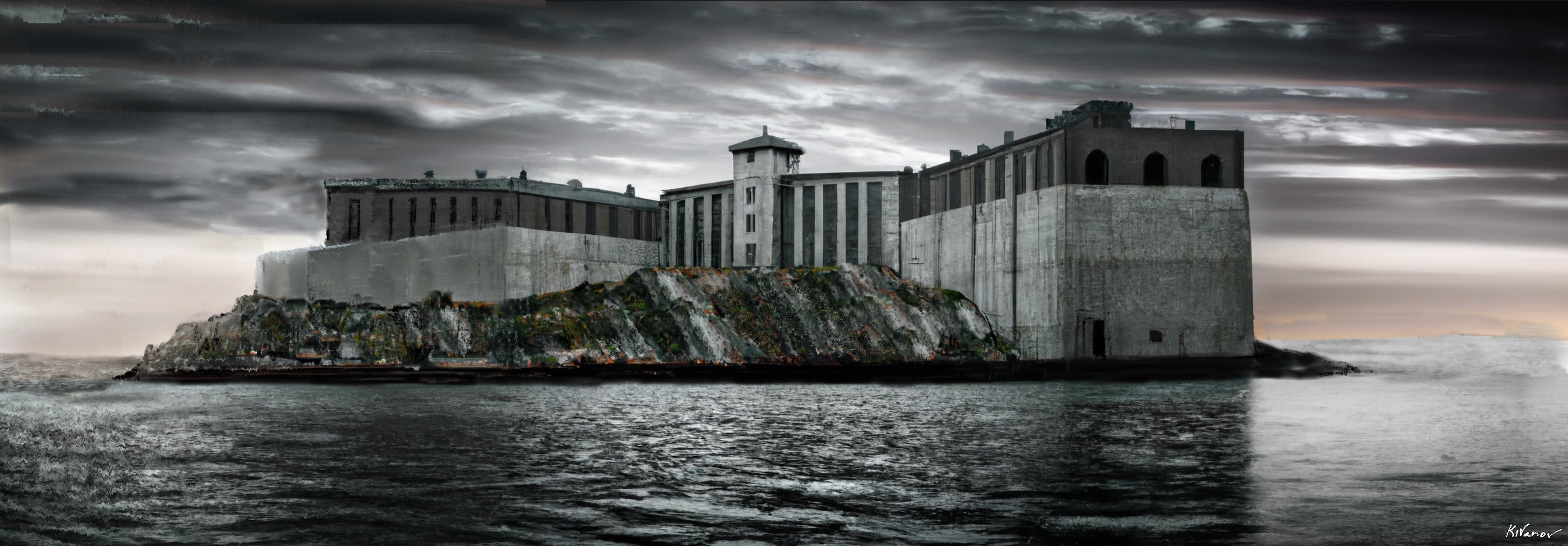
Sketch of the Blackgate Eye Prison for “The Penguin”, courtesy of Kalina Ivanov.
Continue reading »
Continuing the ongoing series of interviews with creative artists working on various aspects of movie and TV productions, it is my pleasure to welcome Toni Barton. In this interview, she talks about what she sees as the biggest change in this industry in the last 25 years, her approach to creating the worlds for her stories, building layered sets that reflect the history of the place and the characters, how she sees generative AI, and what keeps her going. Between all these and more, Toni dives deep into her work on “Fight Night: The Million Dollar Heist”.
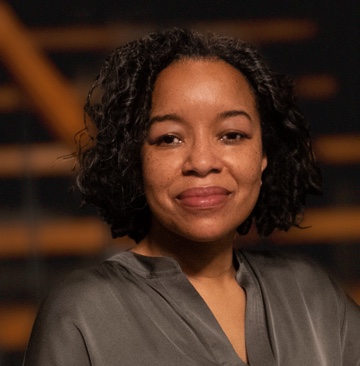 Kirill: Please tell us about yourself and the path that took you to where you are today.
Kirill: Please tell us about yourself and the path that took you to where you are today.
Toni: From a very young age I had a fascination with architecture – and was very excited when my cousin introduced me to her youngest brother in law, Julius Haley, who was the first architect I would meet. A few years later while on summer break, my mother directed a children’s theater production of the musical “The Boy Friend”. She enlisted my sister and I to paint all the sets. I did not know what I was doing, but this experience planted a seed. That seed grew in high school, where I took many drafting classes and eventually interned at an architecture firm.
With the sole purpose of becoming an architect I attended the University of Southern California, but that singular focus broadened quickly. Songfest was an annual fundraiser held by students at the Shrine Auditorium. While practicing with the Black Student Union, someone asked if I could design our backdrop. So, in the middle of the night I was painting a large backdrop on top of the parking structure. Once again, I didn’t know what I was doing, but I was having fun. Over those years I learned more about architecture, designed more plays and musicals, worked in the scene shop, and designed several short films. After graduation, I moved to New York and studied scenery for stage and film at NYU. For a few years I assisted several Broadway set designers and worked at a couple of industrial set design firms – and once I was accepted into the union, I started working in film.
I was an assistant art director for many years, drafting, learning while crying and trying to figure it out [laughs]. I worked with some amazing people, including art director Patricia Woodbridge. She brought me on “Mona Lisa Smile”, “Hitch”, “Freedomland”, “Sherlock Holmes” and “The Bounty Hunter”. She taught me what to do as an assistant art director and put me in places to learn. Patricia was my film mom, and I will forever be grateful for her. Later, I started art directing on a lot of different TV shows, and eventually collaborated with the production designer Loren Weeks. He was hired to design the first seasons of the Marvel Netflix series “Daredevil”, “Jessica Jones”, “Luke Cage”, “Iron Fist”, and “The Defenders”. After that, as a good boss does, he pushed me out of the nest, saying “Now go fly and design”, which was scary, but wonderful. All of this thankfully lead to production designing “Fight Night: The Million Dollar Heist”.
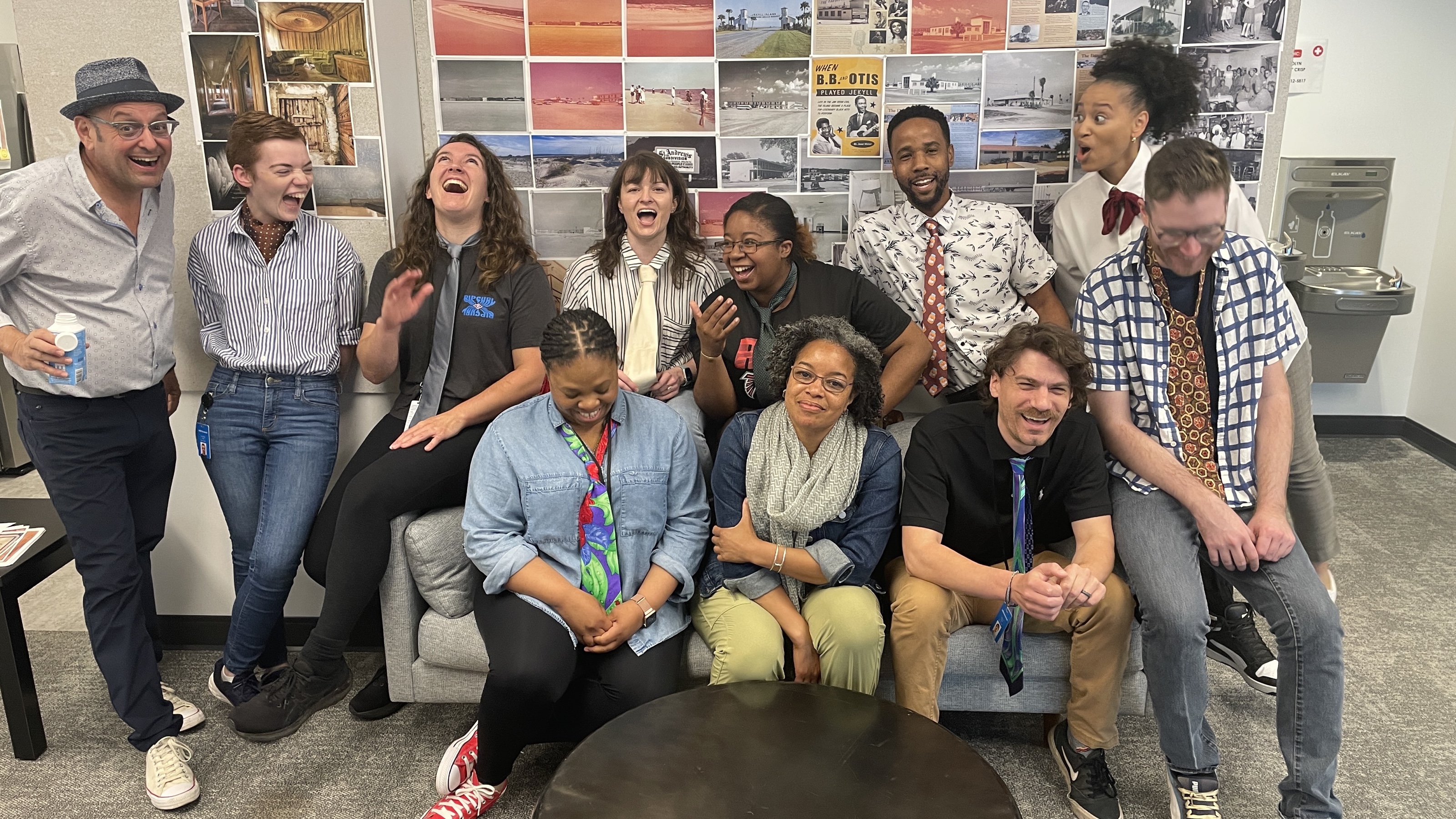
Toni Barton and the art department of “Fight Night”. Courtesy of Toni Barton.
Kirill: Looking back at the first 25 years of your career, what do you see as the biggest changes in this field?
Toni: The biggest change for me is how we consume media. When I was growing up, the entire family would sit down and watch a show, whatever was on. There were 4 or 5 channels, and everybody would want to have that water cooler moment the next day. You didn’t want to come in the next morning without seeing what happened on your show the night before, because everybody would want to talk about it together.
Now, everybody is in their private space – watching it live or for the fiftieth time on their phones or three seconds after it’s left the movie theater and is streaming.
My preference for episodic shows is to drop weekly – giving the audience a chance to breath with the story and to anticipate what’s going to happen the next week. I like that much more than digesting content all at once.
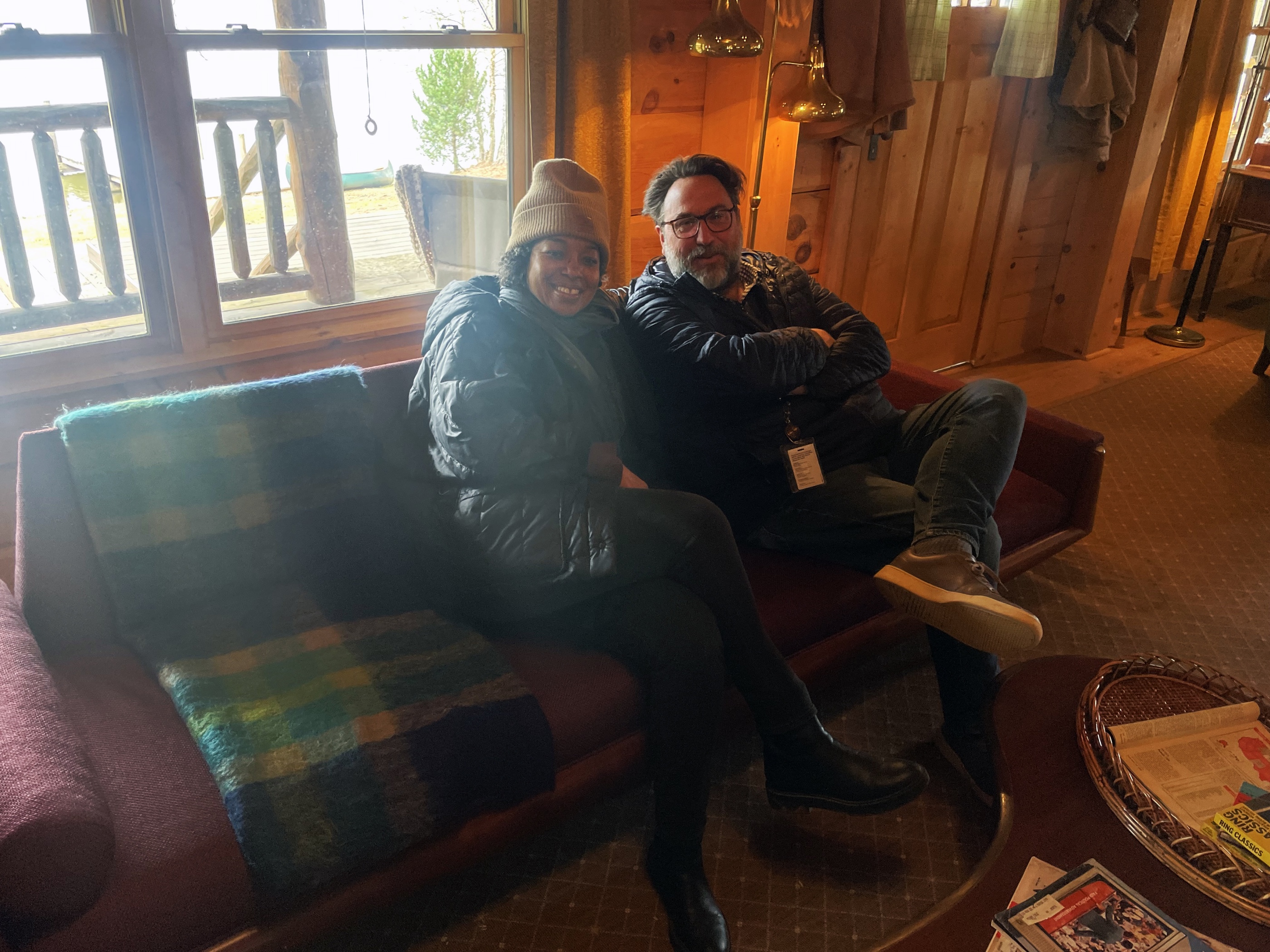
Toni Barton and Lance Totten, the set decorator of “Fight Night”, on the set. Courtesy of Toni Barton.
Kirill: From design perspective, did you start designing on paper, or was it already in the world of digital devices and tools?
Toni: When I was in architecture school I mainly drew by hand, not learning much on the computer until later when my studio professor told us “I don’t want anybody to think of AutoCAD as the designer. It is merely a tool. It is no different than using a pencil on vellum or ink on mylar”. Realistically, when I was an assistant art director drafting sets, I drafted only on the computer. But as a designer, I think with my hand. When I’m designing a set, a lot of times I’m on my drafting table. I’m figuring it out with a pencil, trace paper and a scale ruler. I’m constantly moving the pencil, sketching through ideas, or tearing off a piece of trace and taping it on top of another to develop my ideas from concept to reality.
At a certain point, I may hand off a sketch to my set designer. And sometimes they give it back digitally so I can modify my ideas in AutoCAD, thinking through the details. Designers use all sorts of tools today for 2D and 3D modeling. These tools might be on a computer or iPad. It might be the set designer or the illustrator making a 3D model or fly-through animation. It’s just the tools that we utilize to tell the story, but they’re not designing it. They are simply how we communicate our ideas.
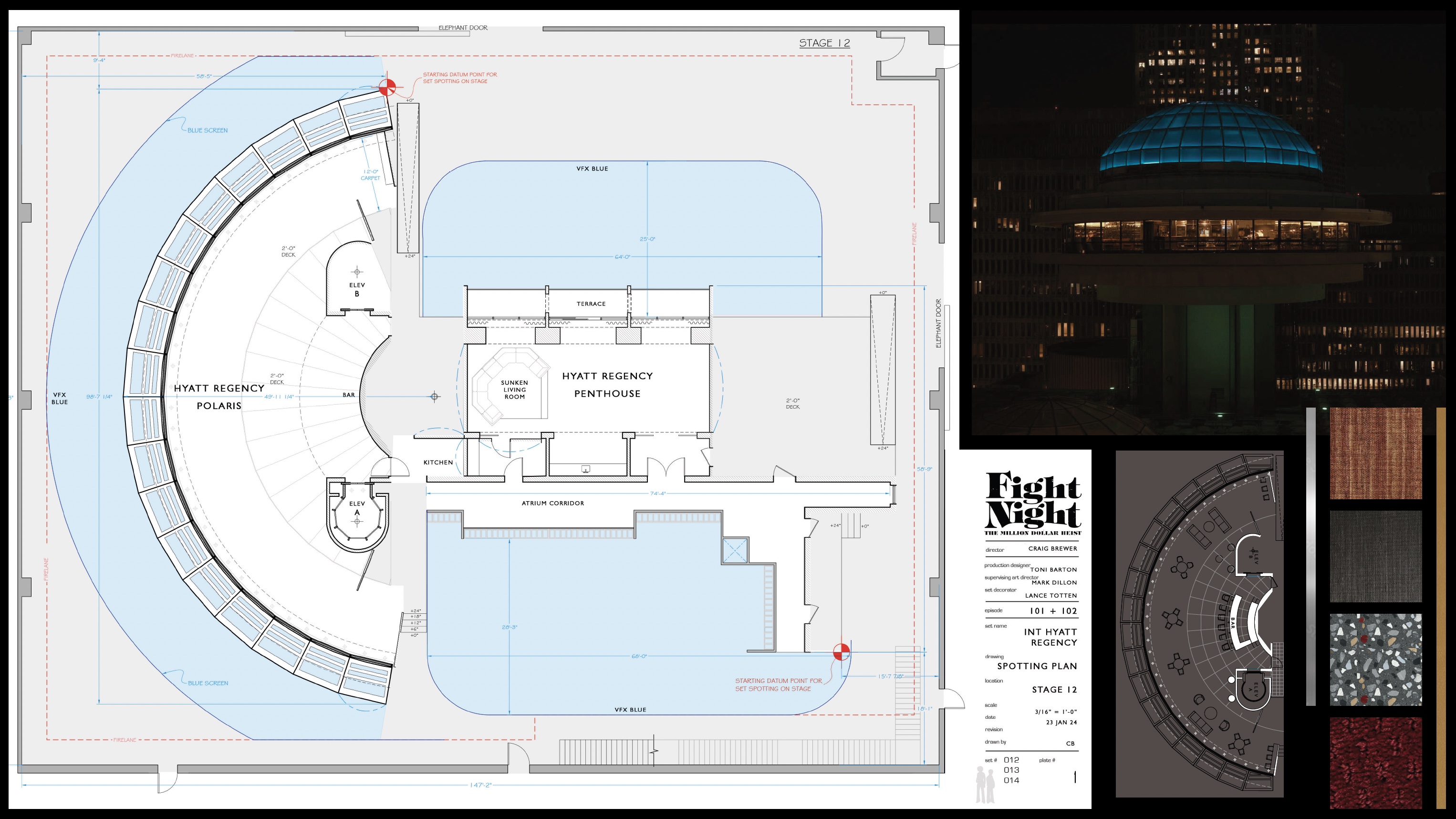
Floor plan and materials for the Hyatt Regency set of “Fight Night”. Courtesy of Toni Barton.
Continue reading »
Continuing the ongoing series of interviews with creative artists working on various aspects of movie and TV productions, it is my pleasure to welcome Christophe Nuyens. In this interview, he talks about the transition of this creative field from film to digital, bridging the gap between feature films and episodic productions, learning from different cultures, and what advice he’d give to his younger self. Between all these and more, Christophe dives deep into his work on the second season of “Andor”.
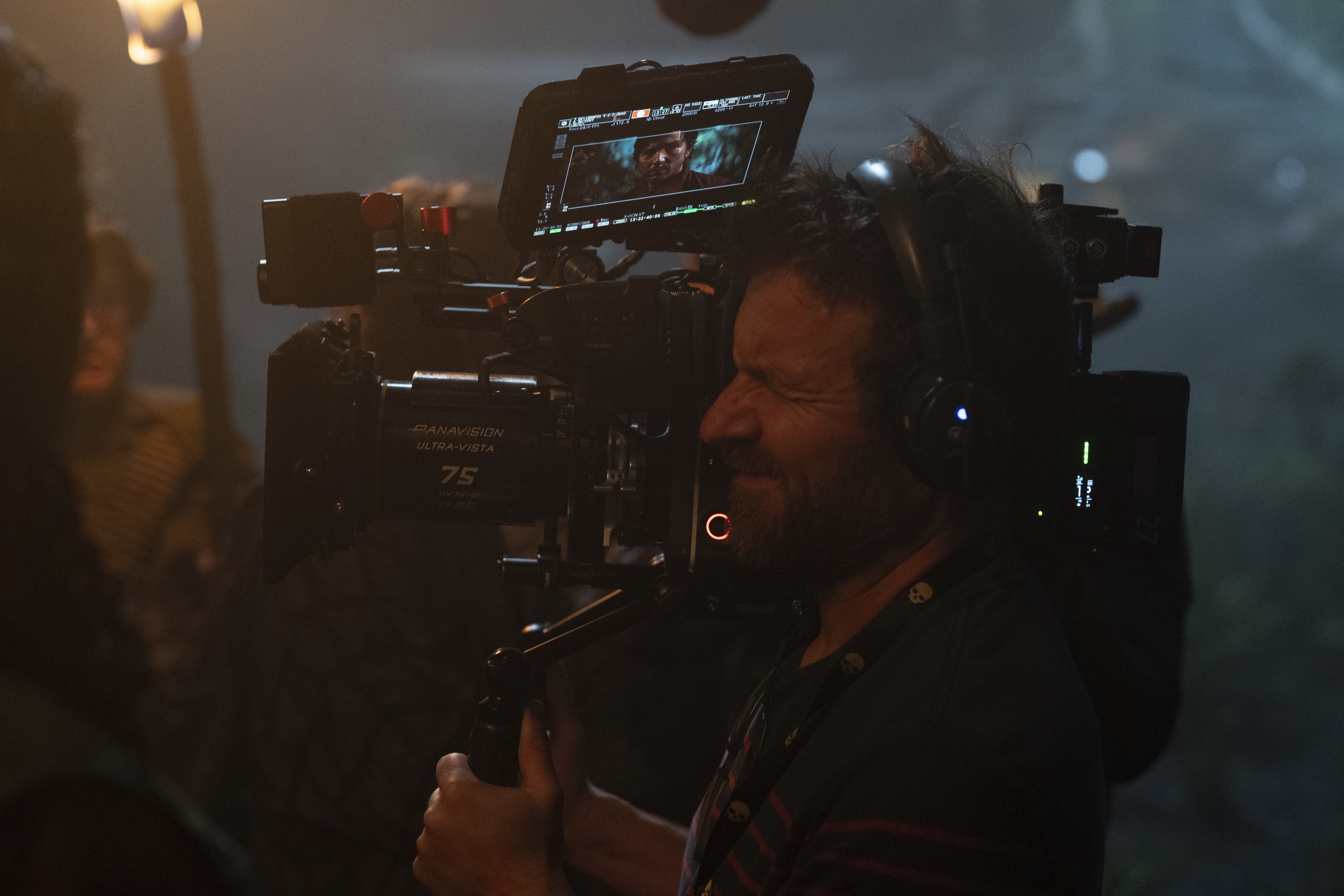
Christophe Nuyens on the set of “Andor”. Courtesy of Lucasfilm/Disney+.
Kirill: Please tell us about yourself and the path that took you to where you are today.
Christophe: I finished a trade school as a general electrician, but I wanted to do something more, and I went to film school. During your first year you can choose between editing, sound and image – which is light and camera. So we had our first workshop, and I had the camera in my hands, and I knew this was it. I really loved the mix of technical and creative.
Kirill: Do you feel that you can teach the technical part, but the artistic part comes from within a person, and if one doesn’t have it, it can’t be learned?
Christophe: No, I think you can teach both. When I was growing up, I didn’t have a lot of cultural influences in my life, at home or at school. It is something that I grew over the years. When I started at the film school, I noticed that I needed to catch up on it. I spent a lot of evenings around that time watching movies with my friends, and it grew on me.
You can cultivate it the same way you cultivate the technical skills. There are also people who are more artistic than technical. Maybe I am more naturally inclined to be better at the technical side, but I grew and worked on my creative side over the years. I really believe you can grow the creative part of your brain.
Kirill: Is there such a thing as universally good art vs universally bad art, or is it all subjective?
Christophe: It’s subjective. There’s so many forms and styles of art. And that is good, because there’s something for everybody. Everything can be art, and people with different taste can find things that they appreciate.
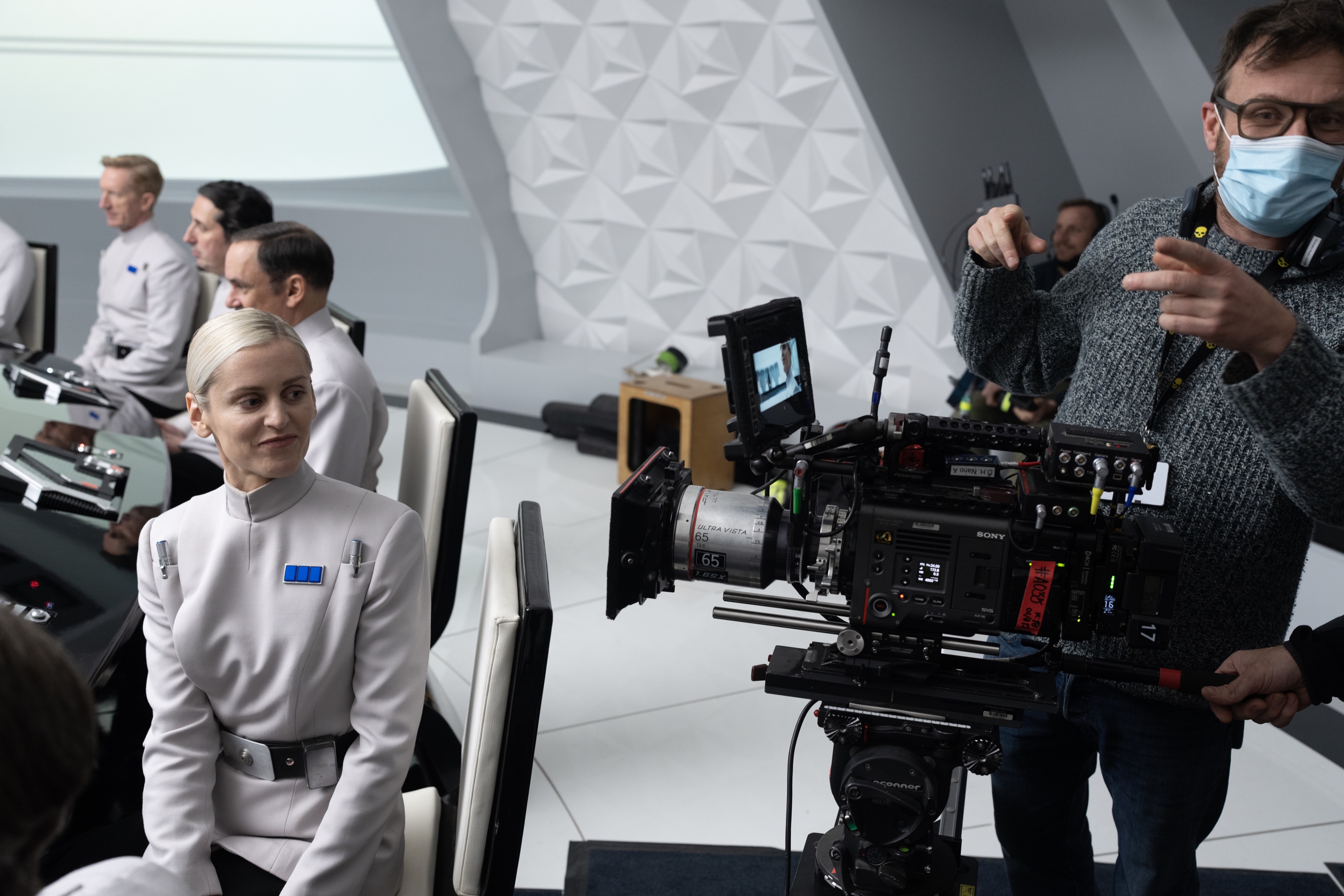
Christophe Nuyens on the set of “Andor”. Courtesy of Lucasfilm/Disney+.
Kirill: Was film still a thing when you were in film school?
Christophe: We did most of our projects on 16mm, either Bolex or Arriflex SR2. We did a few things on video, but it was really basic at the time. I remember those assignments to film something and edit it ourselves, and it was a nightmare. The computers were slow, the Video cards didn’t work, the software was basic. It’s incredible to see how all of that progressed since then. These days I teach at that same school, and the difference is night and day. They can edit it in DaVinci, they can grade it, and it’s so accessible. Sometimes I’m a bit jealous to see that [laughs].
Kirill: How was the transition from film to digital for you after you finished the film school?
Christophe: When I graduated, most of the productions were still on film. I was exposed to both mediums, and I’m happy about it. I know how to light for film. I still have an analog still camera, and I use it a lot.
But at the same time, I’m so happy that the digital revolution happened. It’s a bigger toolbox for your creativity, especially for night scenes. It’s much easier to light something natural, and to do something with less. I started my career in Belgium, and it’s a smaller market with smaller budgets for TV shows and films – but you still want to make good things. I did a TV show called “Cordon” about 10 years ago. It was an ambitious project for its small budget, and that project started my international career. I don’t think it would have been possible to make that project on film. We had a lot of night scenes on it, and it’s so much different to light a night scene on a digital camera.
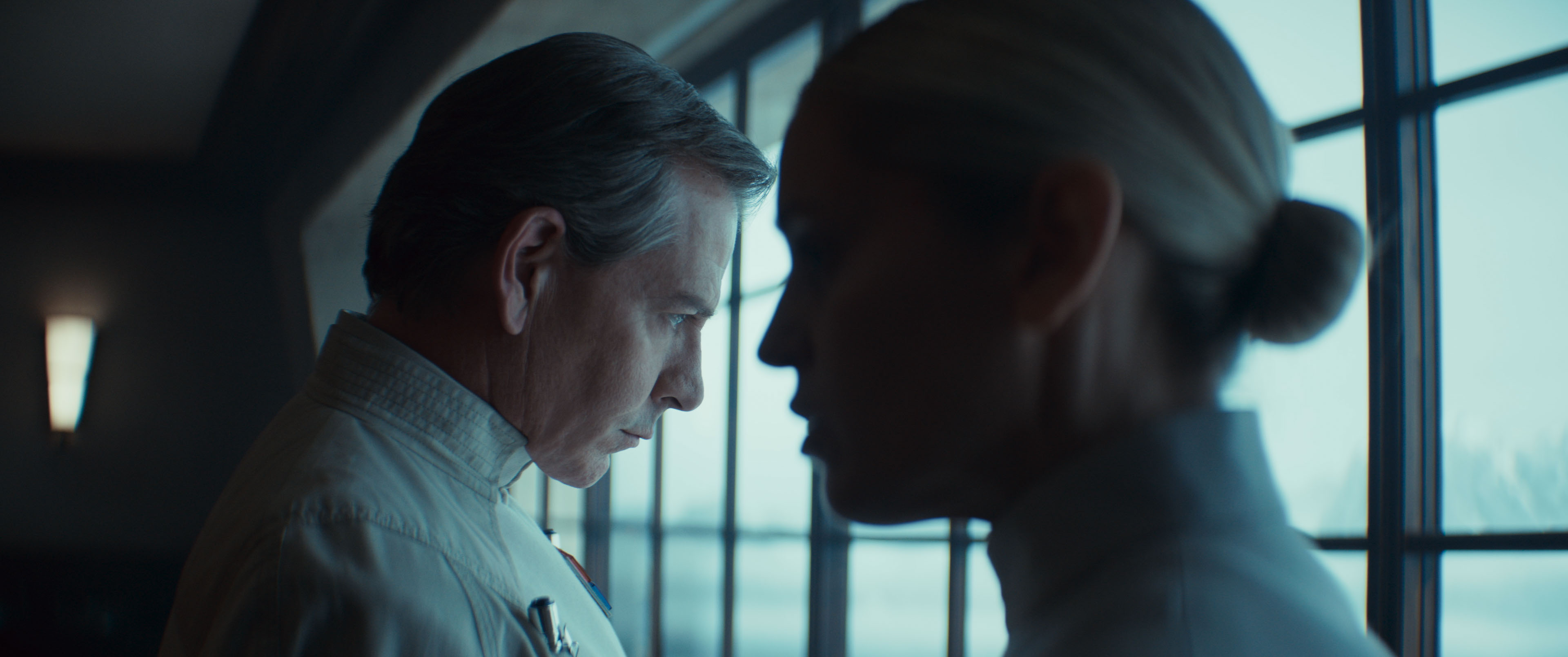
Cinematography of “Andor” by Christophe Nuyens. Courtesy of Lucasfilm/Disney+.
Continue reading »
![]()
![]()
![]()